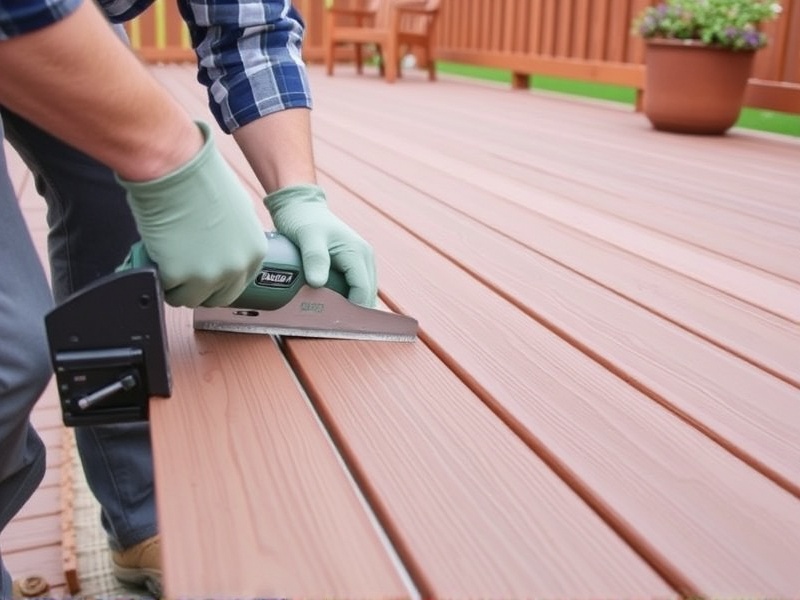Our Location
304 North Cardinal St.
Dorchester Center, MA 02124
Navigate the dos and don'ts of cutting composite decking to ensure your project is successful. Learn common mistakes to avoid and best practices for a flawless outcome.

Composite decking has become increasingly popular for its durability, low maintenance, and aesthetic appeal. However, cutting this material can be challenging due to its unique composition. Whether you’re a seasoned DIY enthusiast or a beginner looking to undertake a home improvement project, understanding the do’s and don’ts of cutting composite decking is crucial. This guide will provide you with a comprehensive list of tips and tricks to ensure your project goes smoothly.
One of the most important aspects of cutting composite decking is using the correct tools. A fine-toothed carbide blade is recommended as it provides cleaner cuts and reduces the risk of splintering. According to Family Handyman, a blade with at least 60 teeth is ideal for achieving precise cuts. Always ensure the blade is sharp and clean to avoid unnecessary wear and tear on both the tool and the material.
When cutting composite decking, maintaining the right speed and pressure is essential. Too much pressure can cause the material to overheat, leading to warping or melting. Conversely, too little pressure may result in jagged edges. It’s advisable to use a slower feed rate to achieve smoother results. Additionally, keep the saw moving steadily to prevent the blade from binding, which could lead to kickback.
Before you start cutting, make sure your work area is secure and stable. Use clamps to hold the decking firmly in place. This prevents any movement during the cutting process, ensuring accuracy and safety. According to Popular Mechanics, using a miter saw stand or a sturdy workbench can also enhance stability and precision.
While regular wood blades might seem like a cost-effective option, they are not suitable for cutting composite materials. These blades lack the necessary teeth count and quality to handle the density and composition of composite decking. Using such blades can lead to excessive splintering, poor finish, and even damage to the blade itself. Therefore, always opt for specialized composite cutting blades.
Safety should never be compromised when working with power tools. Skipping safety precautions such as wearing protective gear (goggles, gloves, ear protection) can lead to serious injuries. Always read the manufacturer’s instructions for the tools you are using and follow all safety guidelines. Accidents can happen quickly, so being prepared is key to avoiding them.
After cutting composite decking, many people overlook the importance of finishing touches. Sanding the cut edges with fine-grit sandpaper can help remove any rough spots and improve the overall appearance. Applying a sealant or stain can also protect the newly cut edges from weathering and fading over time. Neglecting these steps can diminish the longevity and aesthetics of your deck.
Cutting composite decking requires careful planning and execution. By following the do’s and avoiding the don’ts outlined above, you can achieve professional-looking results while ensuring safety and efficiency. Remember, preparation is key. With the right tools, proper technique, and attention to detail, you’ll be able to create a beautiful composite deck that stands the test of time.